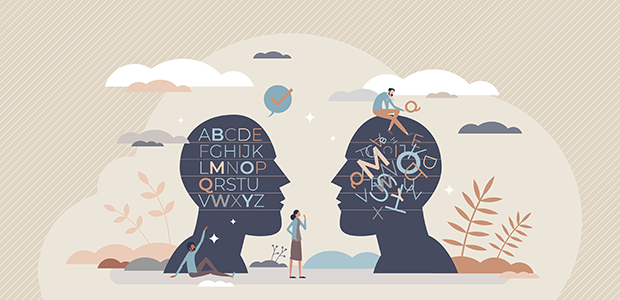
Lili for Life unveils lamps to help dyslexic people read with greater ease
Winner of the USA TODAY award in the Best of Tech category at CES 2022, the French startup Lili for Life is back at CES this year.
First, with a 2.0 evolution of its famous award-winning lamp, which will be available for purchase early 2023 featuring significant technical and aesthetic improvements. Thanks to a first string of partnerships, Lili for Life is also presenting a prototype designed for professional environments, which can be plugged into the mains, with its size suited for desktops with large monitors, as well as adjustable 360° lighting.
These two new features rely on a technology that has won an award from the French National Academy of Medicine, to help dyslexic people improve their reading fluency and comprehension.
According to the WHO, dyslexia affects between 8 and 10% of the population. It is often detected in school-aged children when they are learning to read. Dyslexic children and adults have trouble reading: they are slower to acquire a sense of the written word, which can affect their daily lives and cause a loss of confidence in their ability to read and learn.
Lili for Life has developed a device that uses pulsed light technology. This innovation allows words to be deciphered more instantaneously, in a fluid manner; it reduces the fatigue felt during reading and improves the understanding of texts.
The Lili 2.0 lamp: the must-have device for dyslexic people
At CES 2023, Lili for Life will unveil a new version of its Lili lamp: pleasing aesthetic adjustments for everyday use, a battery life increased by 25% (from 6hrs to 7.5hrs) and a reduced recharging time. It also integrates new generation LED chips providing even better performance for screens reading. The new 2.0 lamp is designed for international markets.
It comes with an app available on iOS and Android, as is already the case on the current version, which enables users to adjust the light beam to their own level of comfort via their smartphone.
Bertrand Descours, CEO of Lili for Life, explained: "The Consumer Electronics Show is a unique opportunity to demonstrate how technology can change our daily lives and how the Lili for Life lamp can effectively help dyslexic people to read with greater ease. Our new Lili 2.0 device is a perfect example of how technology can contribute to wellness. It also makes reading on a computer screen or a smartphone much easier."
An outlook on life for dyslexic professionals
After presenting a new partnership programme with Lexidys during the European Week for the Employment of People with Disabilities in November 2022 focusing on awareness, education, and personalised support, Lili for Life will unveil the prototype of a future "Pro" lamp at CES 2023.
The elegant, practical, and efficient lamp will be available in 2023 for companies willing to offer reading assistance solutions to their dyslexic employees. Plugged into the mains, it sheds a 360° pulsed light across the person’s workstation, illuminating both her screens (whether laptops or other monitors) and desk.
This is a major step to provide new solutions to Lili for Life's first major customers, such as Microsoft France, whose teams were made aware of DYS disorders and discovered the Lili lamp during a webinar session, or employees of the Boulanger Hub, who benefited from a demo day and education on DYS disorders with contributions from Lili.
A disruptive discovery to address dyslexia
The technology inside the Lili for Life’s lamps is based on a scientific discovery by two French physicists, Albert Le Floch and Guy Ropars, whose work was acknowledged in 2020 by the French National Academy of Medicine: they discovered that dyslexic people, unlike normal readers, have two directing eyes, which causes a superimposition of images in their brain when they are reading.
Lili for Life has developed a technological device that emits almost imperceptible flashes of light to correct this superimposition effect – the so-called "mirror images". These flashes emitted by the Lili lamp create a temporal shift in the processing of the visual perception of the letters, which eliminates image duplication. Reading thus becomes more fluid, faster, less tiring, empowering readers to better comprehend any text.

